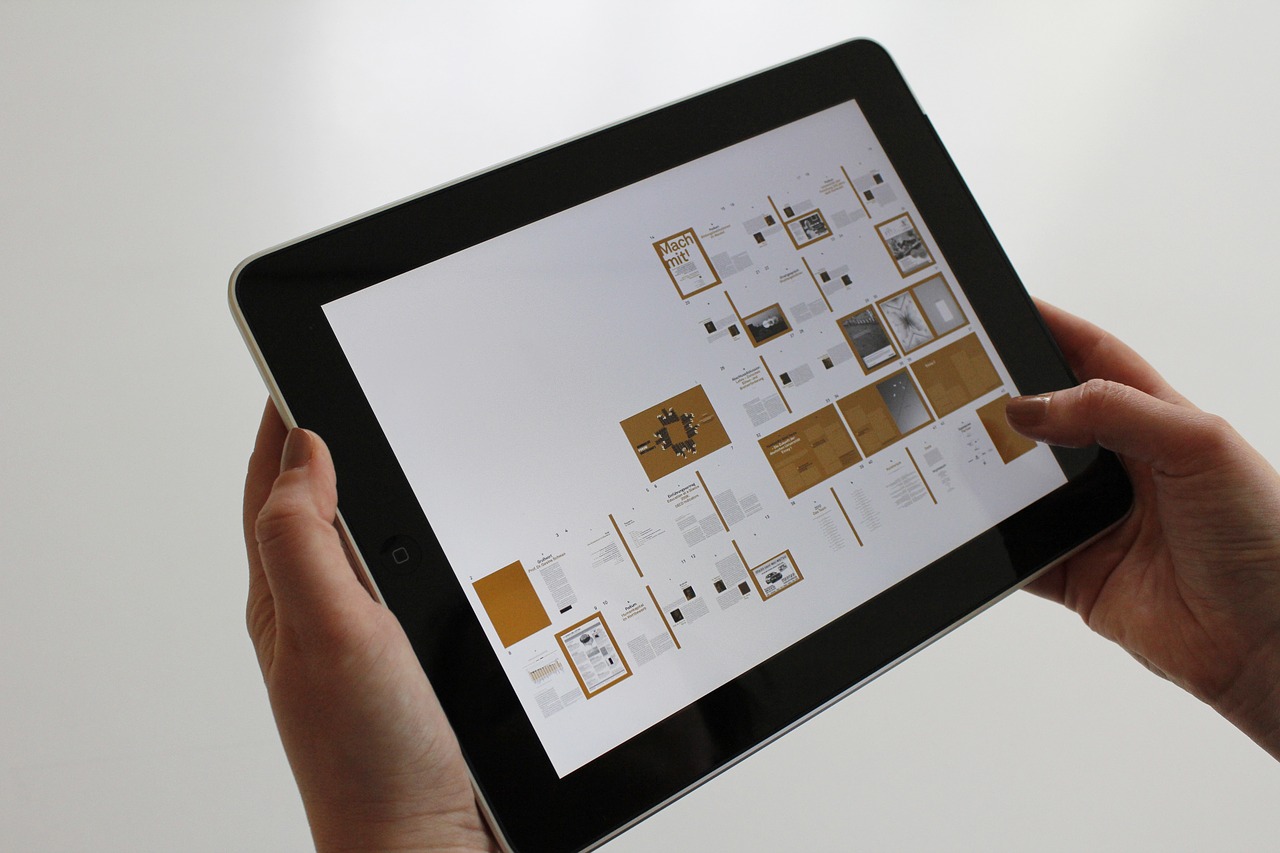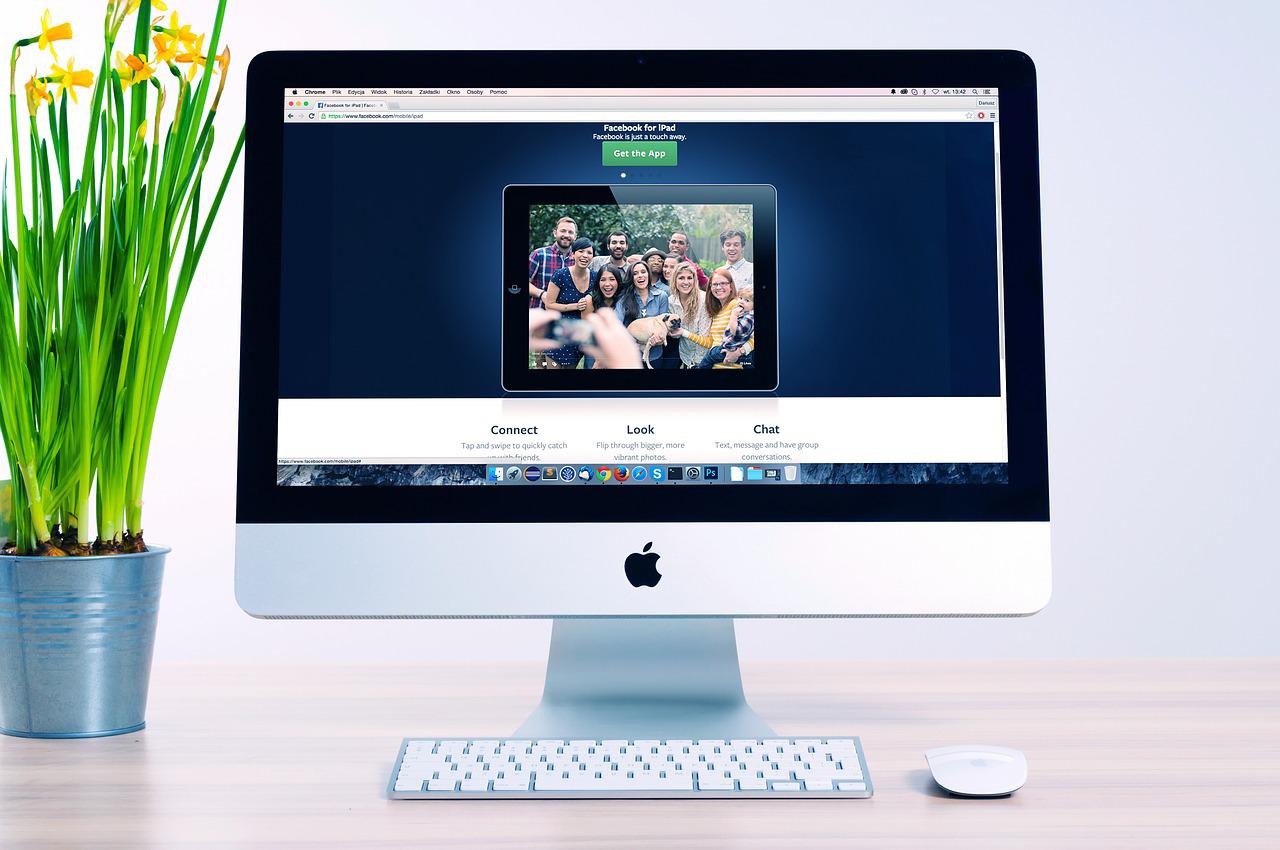If a consumer researches your business and does not find a website, they are more than likely going to think you are a scammer looking to steal their money. However, if you have a website, you can assure them of your legitimacy by presenting your business online.

This stage, the stage of discovering and researching, determines how the subsequent steps will look like. The most important task at this point is to get a clear understanding of your future website purposes, the main goals you wish to get, and the target audience you want to attract to your site.

At this stage of the website development cycle, we create the data that allows a customer to judge how the entire site will look like. Based on the information that was gathered together in the previous phase, the sitemap is created. Here is the sitemap of the XB Software website:

At this step, we can finally start creating the website itself. Graphic elements that have been designed during the previous stages should be used to create an actual website. Usually, the home page is created first, and then all sub-pages are added, according to the website hierarchy that was previously created in the form of a sitemap. Frameworks and CMS would be implemented to make sure that the server can handle the installation and set-up smoothly.

Testing is probably the most routine part of a process. Every single link is tested to make sure that there are no broken ones among them. We check every form, every script, run a spell-checking software to find possible typos. We use code validators to check if your code follows the current web standards. Valid code is necessary, for example, if cross-browser compatibility is crucial for customer.
After we check and re-check your website, it’s time to upload it to a server. An FTP (File Transfer Protocol) software is used for that purpose. After we have deployed the files, we run yet another, final test to be sure that all the files have been installed correctly.

Now it’s time for everyone’s favorite part of the website design process: When everything has been thoroughly tested, and you’re happy with the site, it’s time to launch.
A key thing to remember about the launch stage is that it’s nowhere near the end of the job. The beauty of the web is that it’s never finished. Once the site goes live, we continually run user testing on new content and features, monitor analytics, and refine messaging.
Bring more traffic to your website with the help of new proven techniques we can offer